-

Construction project part Scaffolding
The scaffold used in building construction is a temporary platform used to elevate and support workers and materials during construction. Workers can stand on the scaffolding in building construction to repair or clean supporting structures or machines. A scaffolding system consists of one or mor...Read more -

Advantages of mixing-approved scaffolding systems
1. Flexibility: Mixing-approved scaffolding systems allow for versatile configurations to accommodate various project requirements, site conditions, and worker needs. This flexibility enables the creation of customizable solutions that can be tailored to specific job sites or tasks. 2. Enhanced s...Read more -

Tube and clamp scaffold: why this traditional scaffolding type is still popular
1. Versatility: Tube and clamp scaffold is highly versatile and adaptable to various job sites and structures. It can be configured and modified to fit different shapes, sizes, and heights, making it suitable for a wide range of construction or maintenance projects. 2. Durability: Tube and clamp ...Read more -

How to prepare your scaffold for stormy weather
1. Ensure that all hardware is securely fastened. Stormy weather can create strong winds and other forces that can make your scaffold sway or collapse. Make sure that all support structures, poles, and braces are securely fastened and reinforced as necessary. 2. Clear debris and wind-swept materi...Read more -
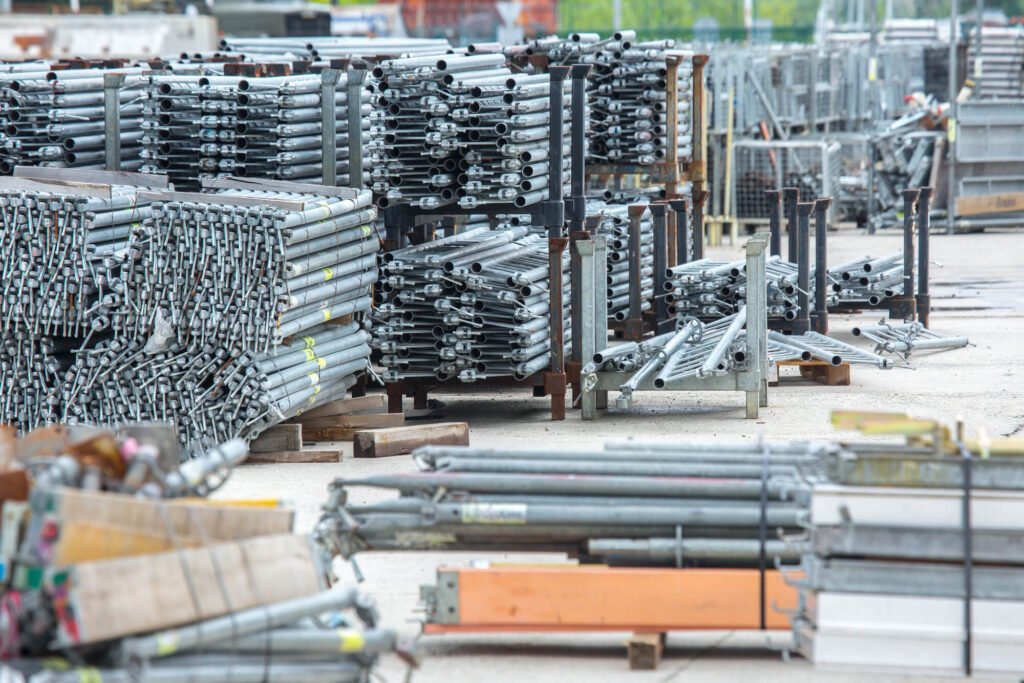
Best practices for storing scaffolding material
1. Organize and label materials: Ensure that all scaffolding materials are properly organized and labeled so they can be easily identified and accessed when needed. This can be done through the use of bins, shelves, or labeled storage containers. 2. Keep materials in a central location: Store sca...Read more -
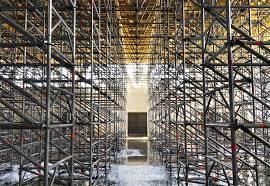
Key points for scaffolding acceptance
1. Provide clear expectations and guidance: Clearly communicate what is expected of the individual or group and provide guidance on how to meet those expectations. This helps to set them up for success and enables them to work towards achieving acceptance. 2. Break tasks into smaller steps: Break...Read more -
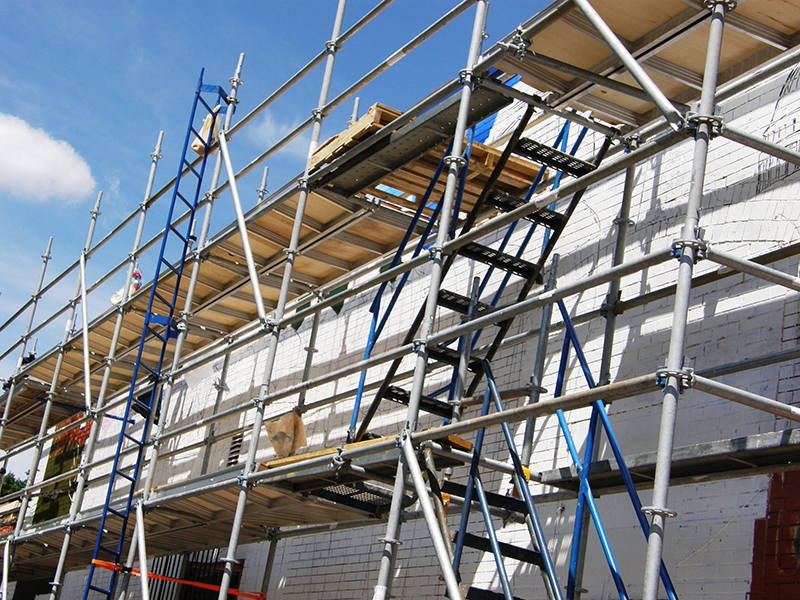
Matters needing attention when using scaffolding
a. It is forbidden to mix the use of steel pipes and corrugated pipes with outer diameters of 48mm and 51mm for scaffolding. b. At the main node of the scaffold, the distance between the center line of the fastening horizontal rod or vertical horizontal rod, scissors support, horizontal support, ...Read more -
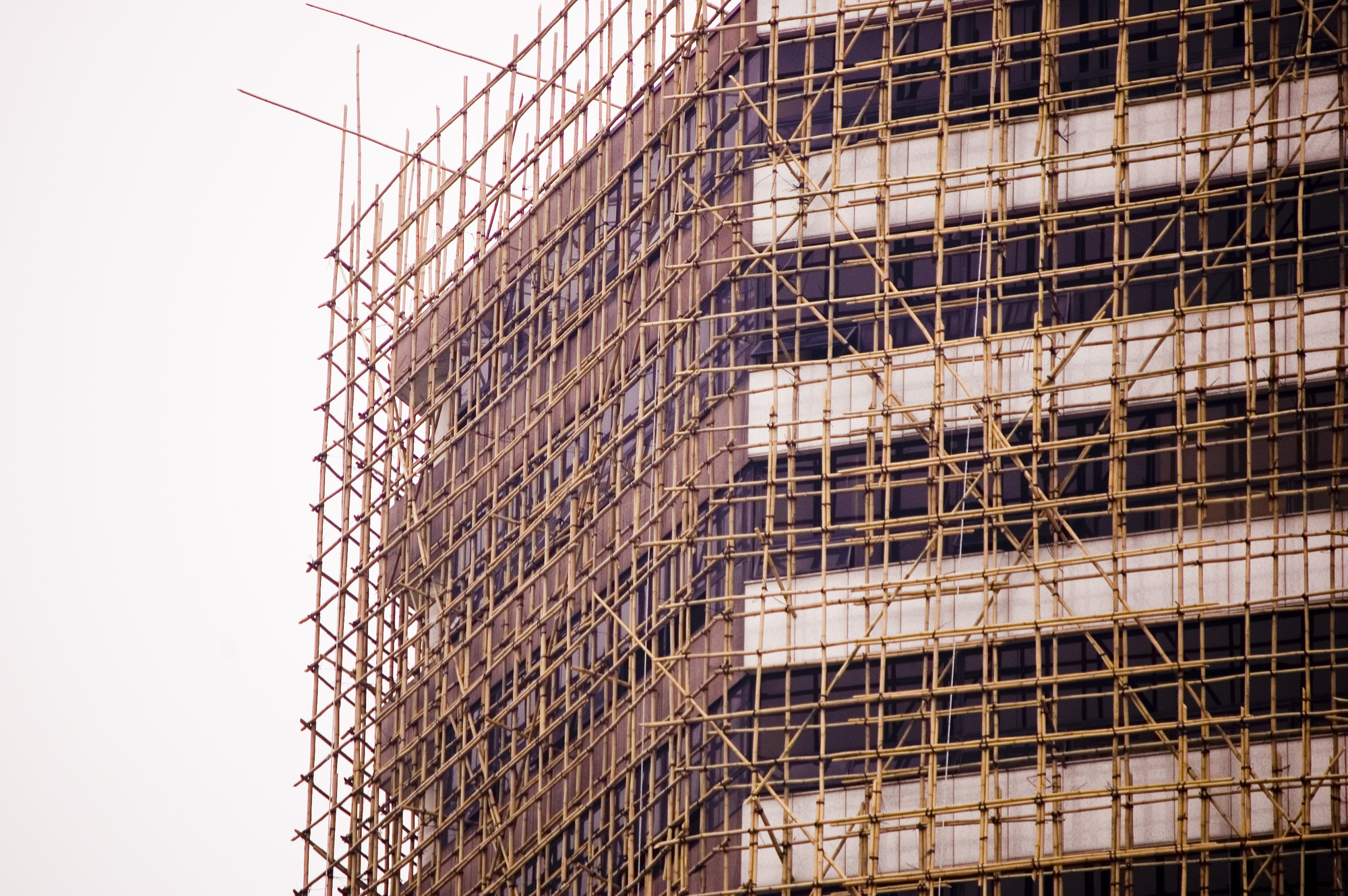
What are the characteristics of buckle-type scaffolding
1. The buckle-type scaffolding adopts the unique process of hot-dip galvanizing. Simply put, hot-dip galvanizing is a film with strong adhesion, long service life, and uniform coating. 2. The buckle-type scaffolding has the unprecedented advantages of low cost and high efficiency. Let well-consid...Read more -
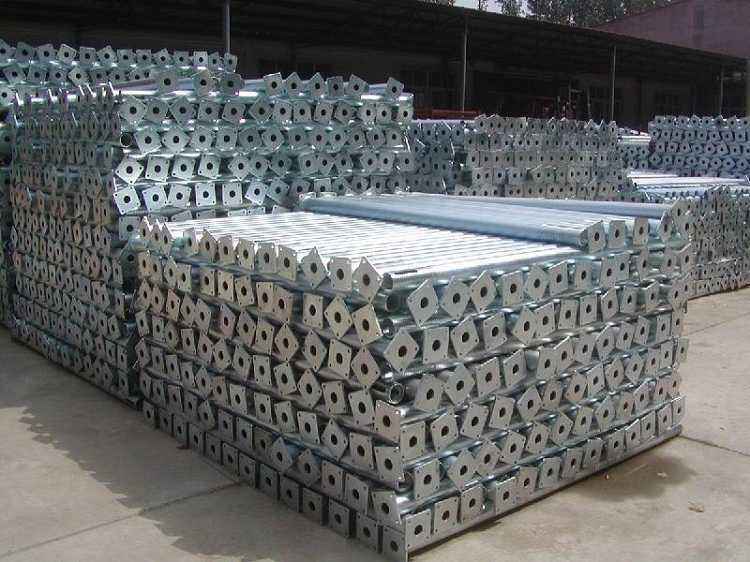
What Are The Forms Of Steel Support
1. Beams: Beams are one of the most common forms of steel support, which are designed to resist bending moments. They can be categorized into various forms, such as I-beams, H-beams, T-beams, L-beams, and channel beams. 2. Columns: Columns are steel members with rectangular or circular cross-sect...Read more









